Civil Engineering: Stormwater Harvesting Strategies for Melbourne
VerifiedAdded on 2023/06/13
|6
|1068
|84
Report
AI Summary
This civil engineering report delves into stormwater harvesting in Melbourne, Australia, addressing its potential as an alternative water source to reduce reliance on potable water. It highlights the collection, treatment, storage, and distribution processes involved in stormwater harvesting, emphasizing its importance for urban water supply, environmental conservation, and waterway restoration. The report acknowledges the government's recognition of stormwater as a valuable resource for non-potable uses like irrigation and examines the factors considered in stormwater harvesting proposals, including catchment area, rainfall value, and social and environmental impacts. The objectives of the study include reducing potable water demand, tapping into untapped stormwater resources, and exploring safe harvesting and distribution methods. It focuses on Melbourne's catchment areas, analyzes their potential, and addresses the challenges of stormwater harvesting, providing recommendations and avenues for further research. Desklib provides access to this and many other solved assignments.
1 out of 6
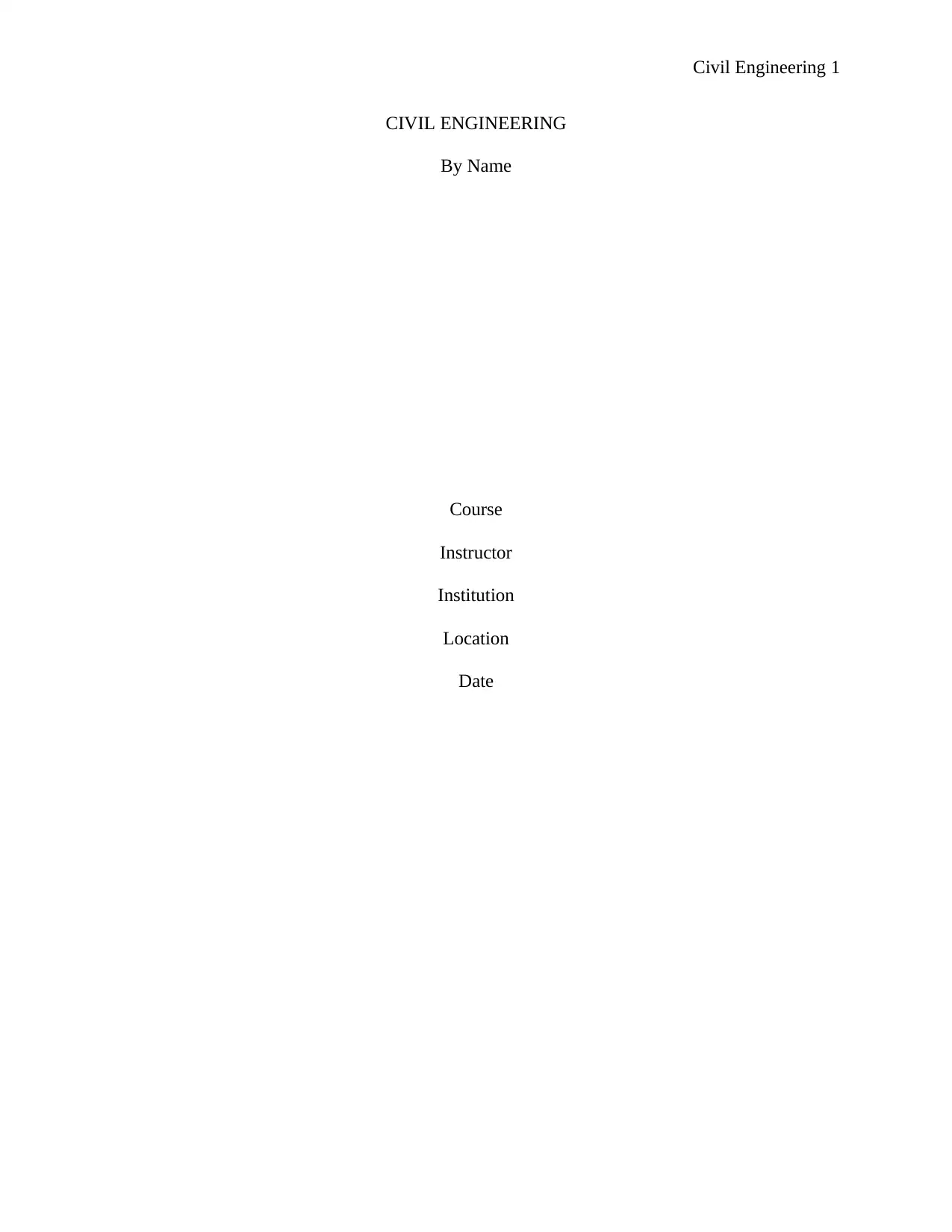

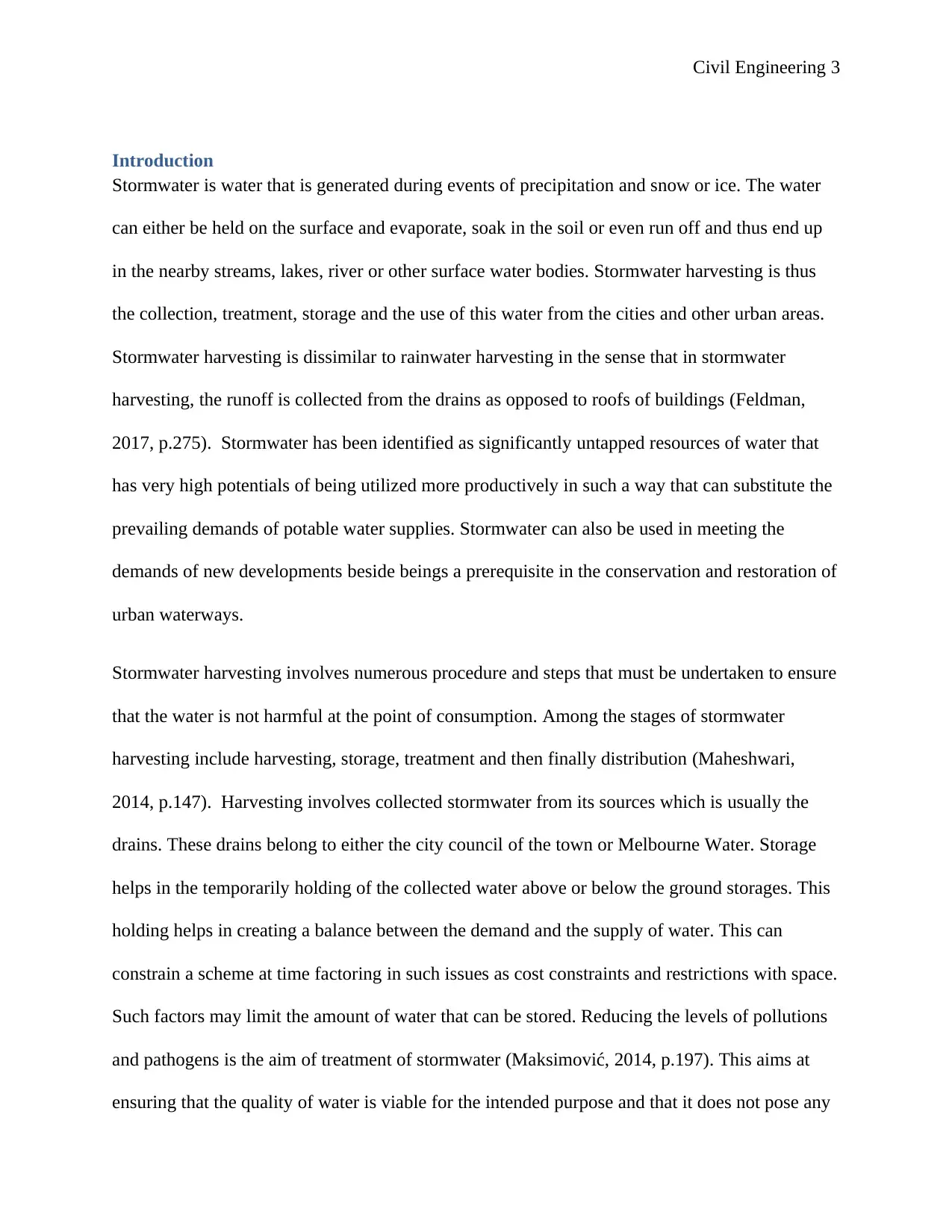

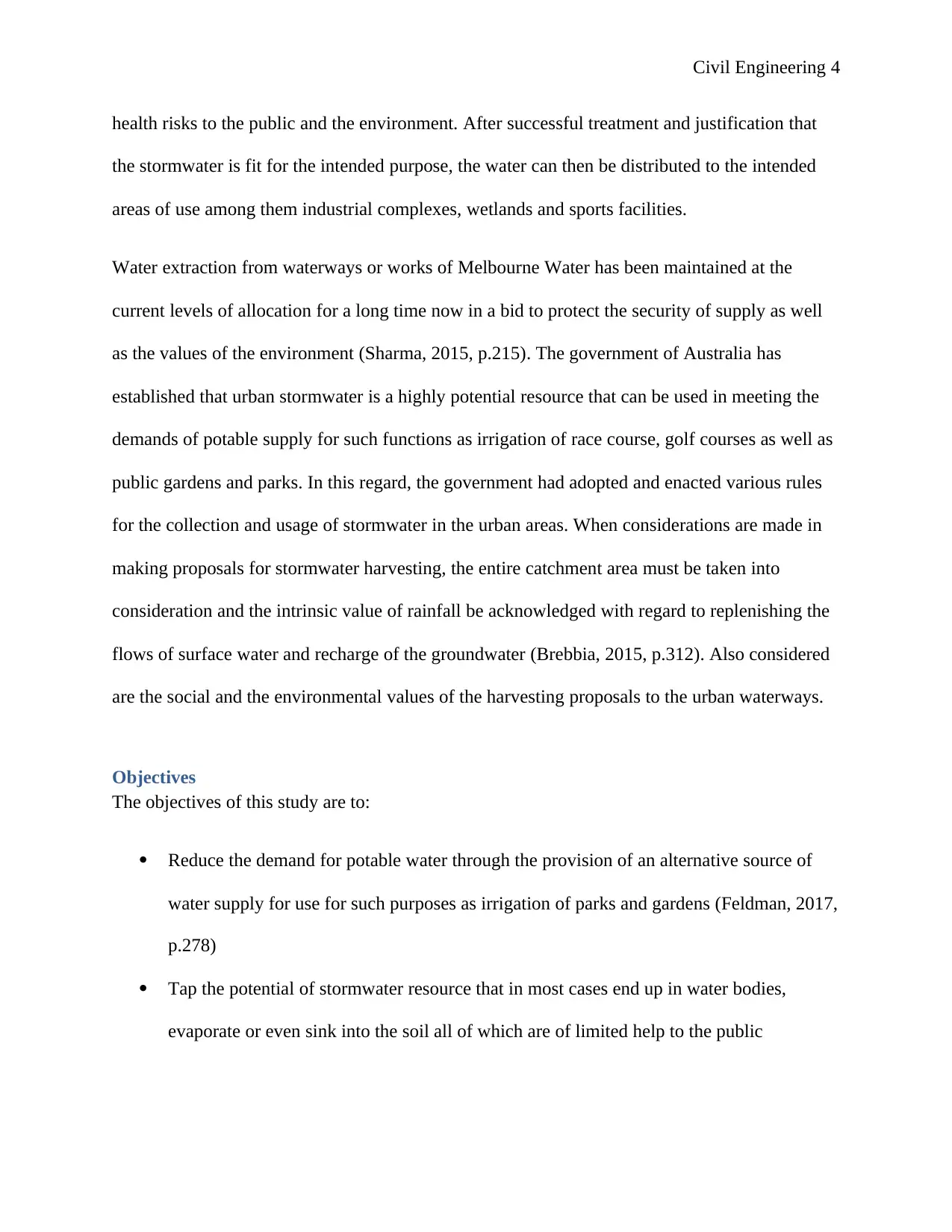
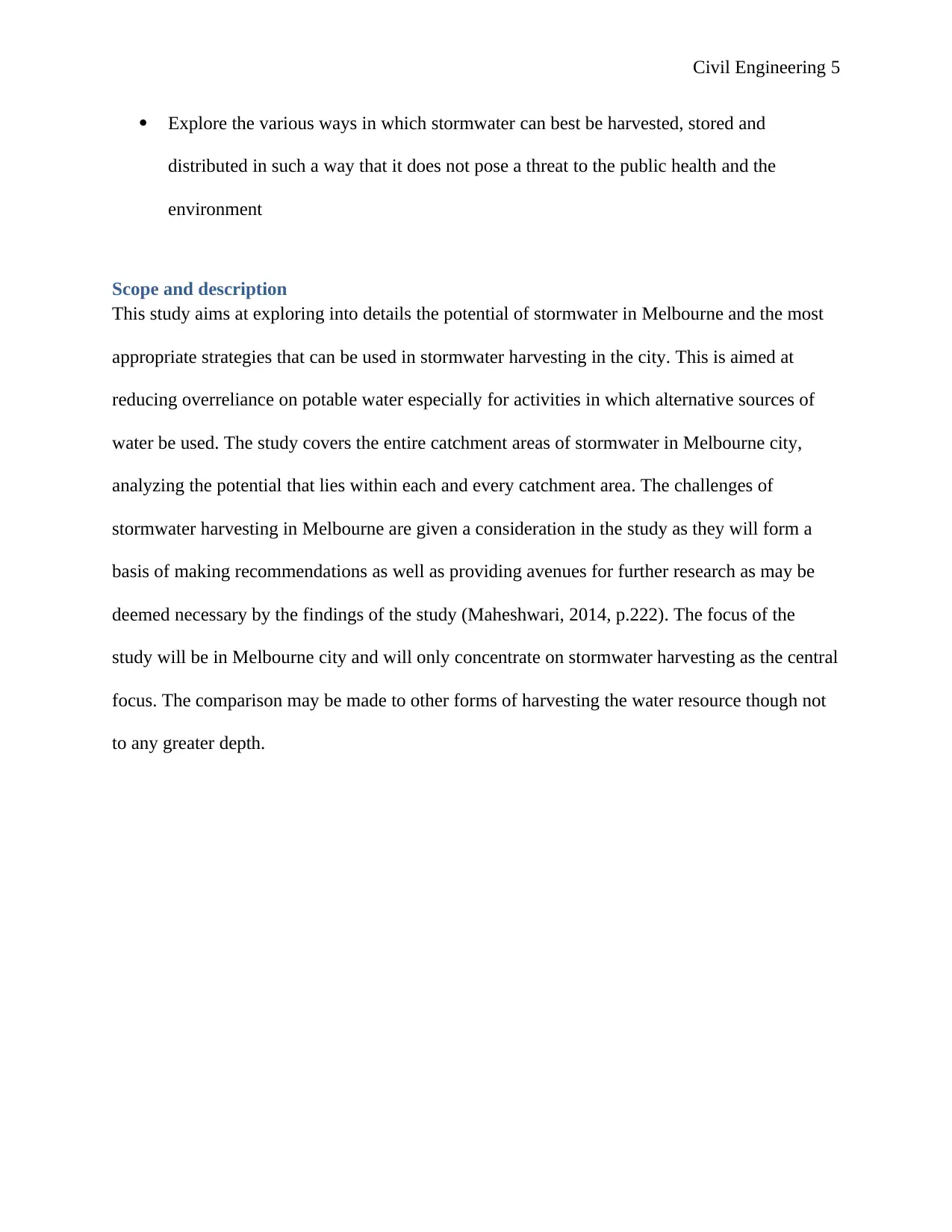
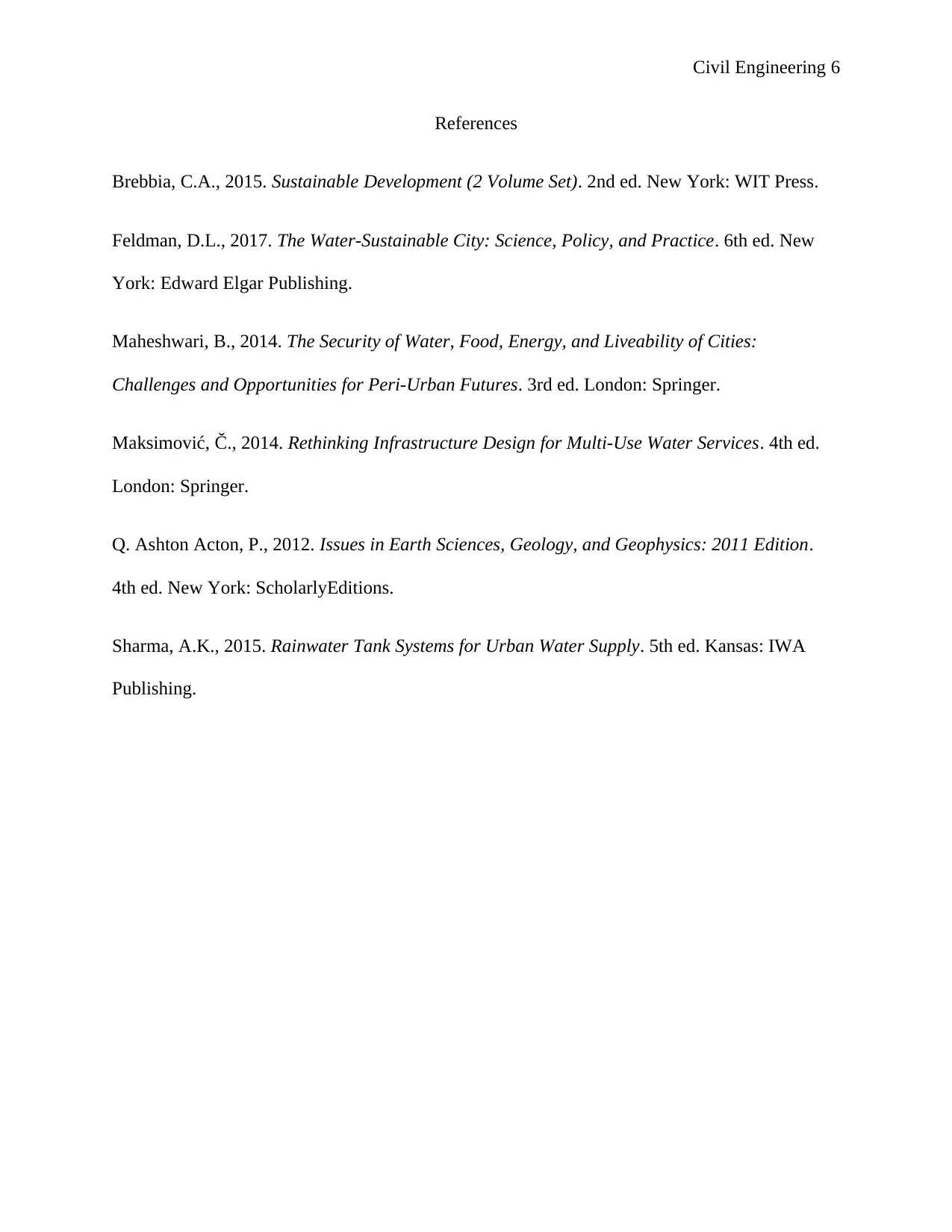

![[object Object]](/_next/static/media/star-bottom.7253800d.svg)